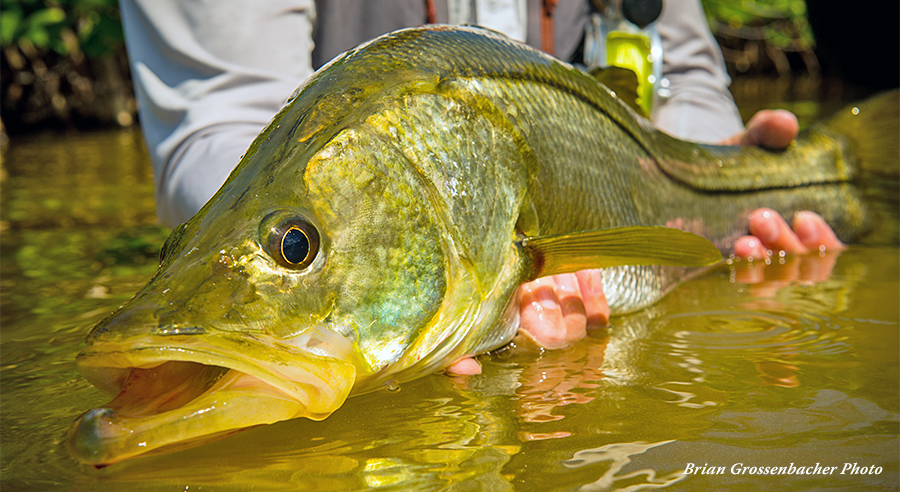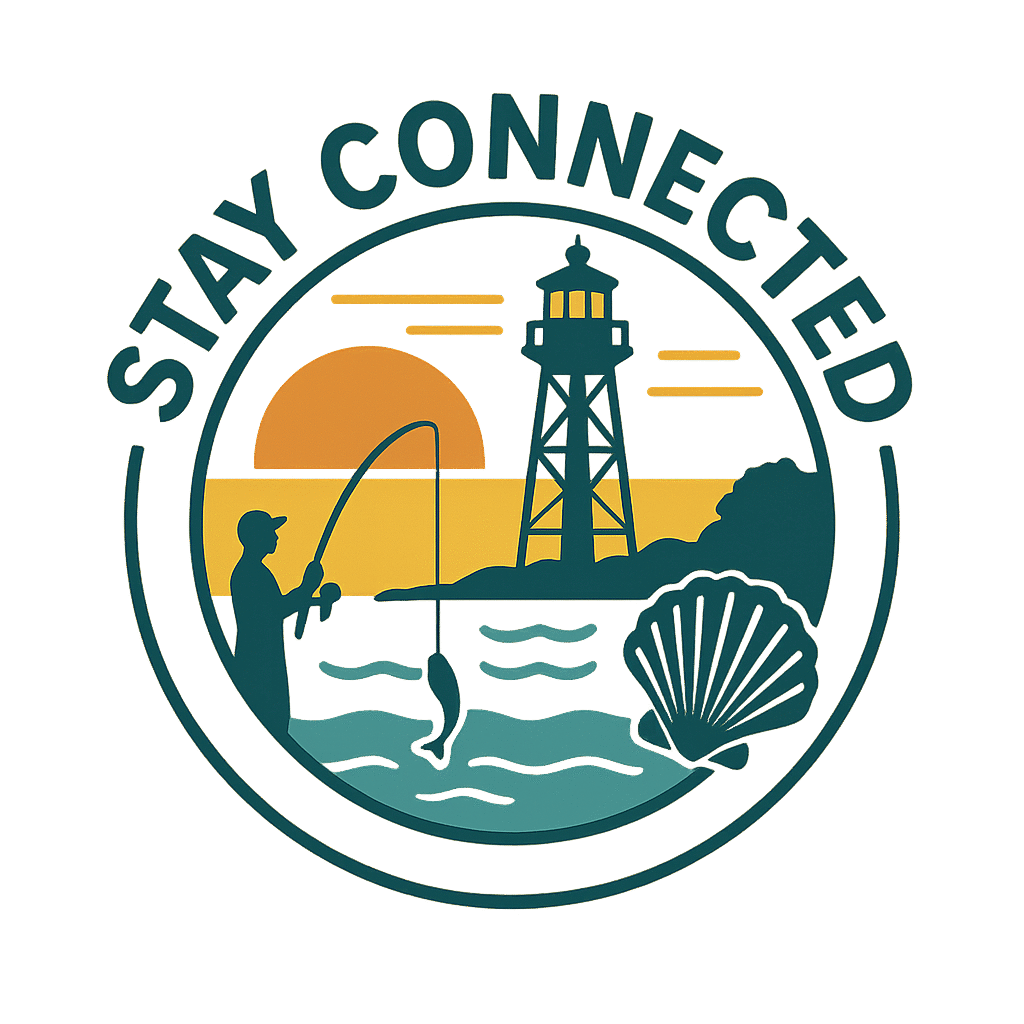
Snook on the Fly — Southwest Florida Playbook
Our Stay Connected Florida guide to finding, presenting, and releasing snook from Estero Bay to Pine Island Sound—plus pivots for the Keys and Bahamas when the forecast or tides say to move.
[toc]
Quick Take
- Where (SWFL): Estero Bay, Matanzas Pass edges, Pine Island Sound mangroves, Caloosahatchee seawalls and docks.
- When: Warm mornings with moving water; front-day pivots to deeper creeks and channels.
- Gear: 7–9 wt, floating tropical line; 9–10 ft leader ending in 15–20 lb with short 30–40 lb bite section.
- Flies/Lures: Sparse baitfish (glass minnow, mullet), EP-style, small gurglers at first light.
- Ethic: Short air time, wet hands, no dry decks. Check live regs via FWC (link below).
Habitat & Movement (Florida-First)
Snook are classic ambush hunters that thrive around mangrove edges, oyster bars, grass flats, river mouths, docks, and seawalls. In warm spells they’ll push skinny onto beaches and tidal creeks; after fronts they slide to deeper, warmer water. They’re sensitive to cold (sustained water temps under ~60 °F are dangerous), which is why SW Florida stays a stronghold and why we adjust plans quickly during winter snaps. For Keys or Bahamas add clearer flats plays; for SWFL keep a tide-current mindset around structure.
Know Before You Go
Conditions swing fast. Always check live updates: FWC Snook Profile · FWC Recreational Regulations Hub. Seasons and slot limits vary by region and change—linking out keeps this guide evergreen.
Setups That Work Here
- Rods: 7–8 wt for backcountry and docklights; 9 wt for beach current and wind.
- Lines: Tropical floating as all-around; intermediate only for bridges/channels when you truly need depth.
- Leaders: Keep it simple—9–10 ft to 15–20 lb, then add ~12 in of 30–40 lb bite. Lengthen for glassy mornings; shorten for surfy beaches.
- Terminal choices: Small, lightly weighted baitfish patterns; bead-chain at most for quiet entries. Don’t sleep on topwater (gurglers) at first light along shaded mangroves.
How We Fish It in SWFL
Position up-current of cover and cast slightly past the ambush lane. Entry matters: quiet landings beat splashy shots. Retrieve short and quick to mimic glass minnows; pause near shade pockets. Hooks & handling: stay barbless if you want fast releases; keep fish wet and supported.
Weather Pivots & Plan B
North wind and pressure rise after a front? Slide from beaches to inside bays and creeks; fish sun-warmed, lee banks in the afternoon. Nights with docklights can be A-plan when daytime clarity turns off. If water temps threaten the low 60s, we shorten windows and focus on deeper drains with current.
Access & Local Notes
We avoid pin-pointing sensitive micro-spots. Expect mangrove edges, oyster transitions, and flow lanes to reset every tide. Our guides call the audible between Estero Bay and Pine Island Sound based on wind direction and clarity—ask and we’ll align your lodging, tides, and target window. When you’re ready to lock dates, start here: Fish Inn Florida.
Make it a Stay Connected Florida Trip
Base at Fish Inn Florida (2-bed/1-bath units, full kitchens, tiki hut common area) and we’ll match you to guide, tides, and gear.
